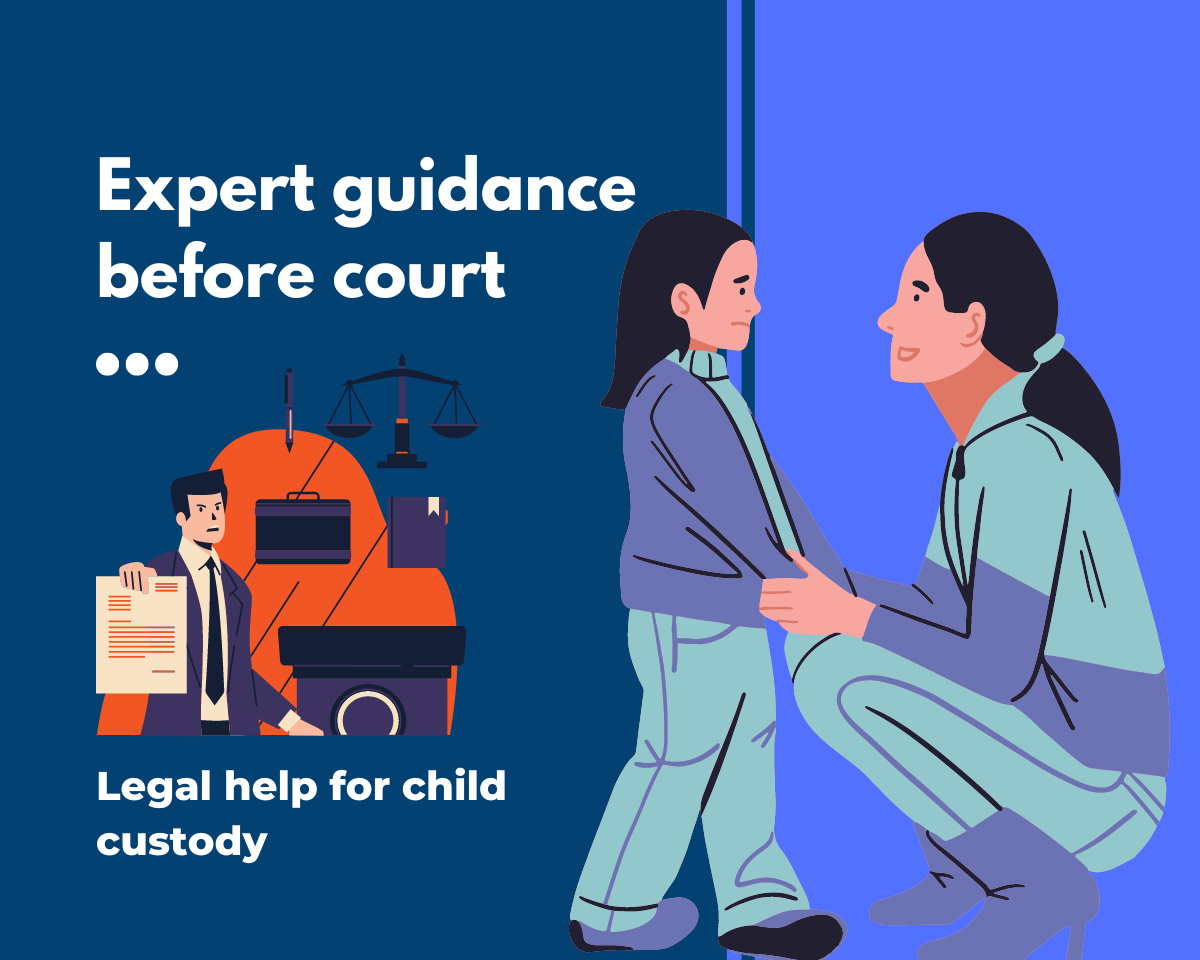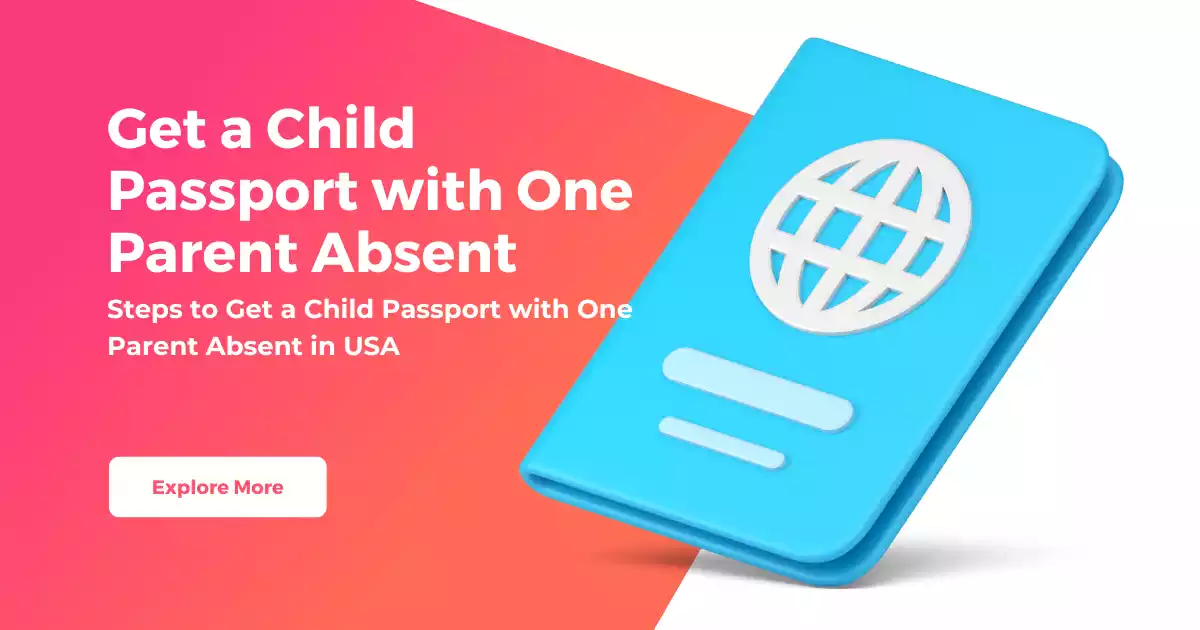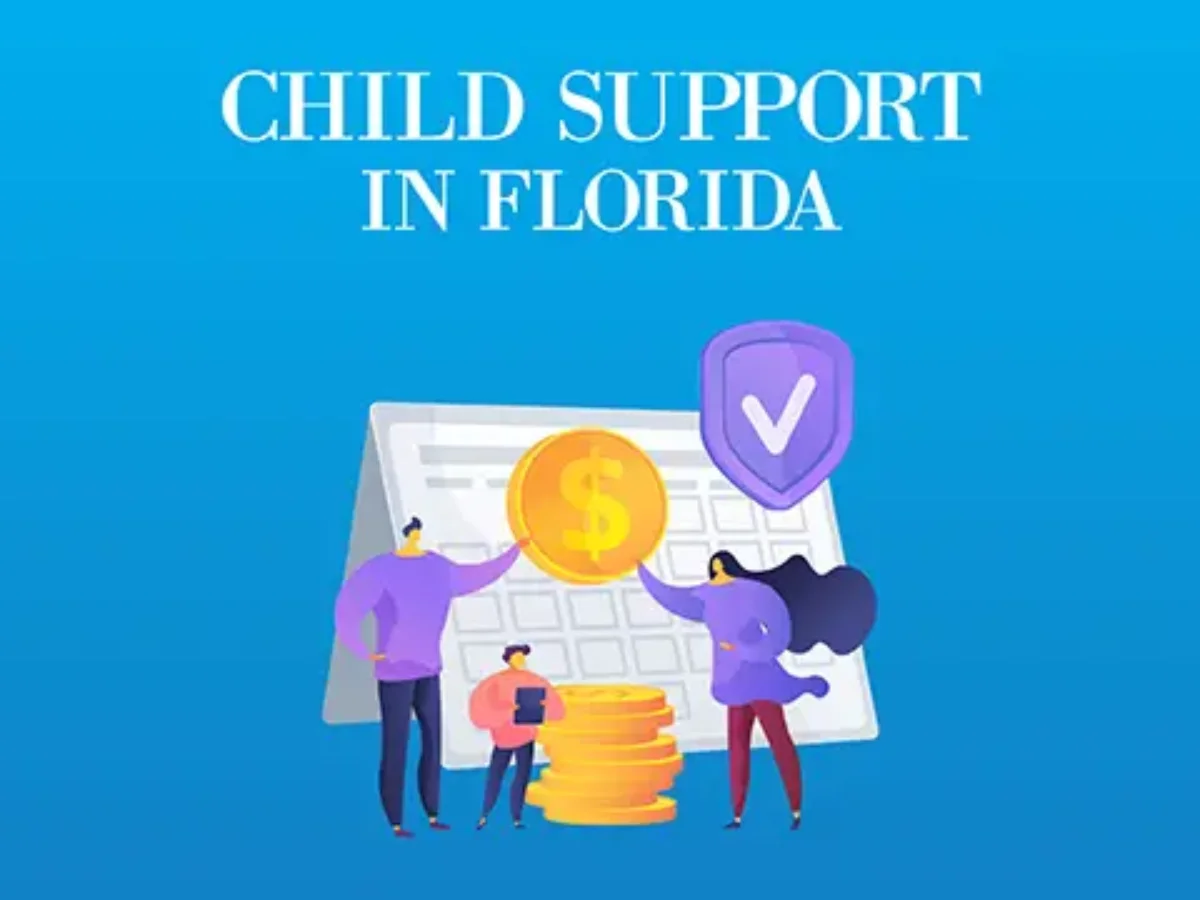In recent years, collaborative divorce has gained popularity as an alternative to traditional divorce proceedings. This approach emphasizes cooperation and mutual agreement between spouses, aiming to make the divorce process smoother and less adversarial. While collaborative divorce offers several advantages, it’s essential to understand that it also comes with its own set of disadvantages. In this article, we’ll delve into the drawbacks of collaborative divorce, shedding light on what couples should consider before embarking on this journey.
1. Lack of Privacy
One significant disadvantage of collaborative divorce is the potential lack of privacy. Unlike traditional divorces, which are often conducted behind closed doors, collaborative divorces involve discussions and negotiations that occur within a group setting. This can make sensitive issues more exposed and potentially uncomfortable for both parties.
2. Complex Legal Procedures
Collaborative divorce can be complex in terms of the legal procedures involved. The process often requires a substantial amount of paperwork, meetings, and negotiations, which can be overwhelming for couples who are not well-versed in legal matters.
3. Emotional Strain
Emotions run high during any divorce, and collaborative divorce is no exception. The emotional strain can be intense, as spouses may have to work closely together and confront the reasons for their separation, potentially causing additional stress and tension.
4. Lengthy Process
Collaborative divorce may take longer than anticipated. The cooperative nature of the process, although beneficial in many ways, can lead to prolonged negotiations and delays, which can be frustrating for both parties.
5. Communication Challenges
Effective communication is crucial in collaborative divorce. However, it’s not always easy for divorcing couples to communicate openly and honestly, leading to misunderstandings and conflicts that can hinder progress.
6. Unequal Division of Assets
In some cases, collaborative divorce may result in an unequal division of assets. Without legal advocacy, one spouse may feel they received a less favorable settlement, which can lead to dissatisfaction and further disputes.
7. Impact on Children
Collaborative divorce can also have a significant impact on children involved in the process. The prolonged negotiations and emotional strain can affect children’s well-being and cause lasting psychological effects.
8. Mediation Difficulties
The success of collaborative divorce heavily relies on mediation. If spouses and their attorneys are unable to find common ground or have conflicting interests, the collaborative approach may not work effectively.
9. Costs and Expenses
While collaborative divorce is often considered cost-effective, it can still be expensive. Legal fees, mediation costs, and other expenses can accumulate, especially if the process is protracted.
10. Limited Legal Protection
In a collaborative divorce, the absence of courtroom proceedings means limited legal protection for both parties. This can be concerning, especially if one spouse has concerns about their rights and interests not being adequately represented.
11. Public Records
Collaborative divorce agreements are often public records. This means that the details of the divorce, including financial agreements and child custody arrangements, may become accessible to the public.
12. Professional Fees
Engaging various professionals, such as financial experts and mediators, can add to the overall cost of collaborative divorce, making it financially burdensome for some couples.
13. Uncertain Outcomes
The outcome of a collaborative divorce is never guaranteed. While it aims to be a more amicable process, there’s still a degree of uncertainty regarding the final settlement and the satisfaction of both parties.
14. Conclusion
In conclusion, collaborative divorce offers an alternative approach to ending a marriage, emphasizing cooperation and minimizing conflict. However, it’s crucial to be aware of the disadvantages associated with this process. Lack of privacy, complex legal procedures, emotional strain, lengthy timelines, and the potential for unequal division of assets are all important factors to consider. Couples should weigh these disadvantages against the benefits and their unique circumstances before choosing collaborative divorce.
15 Unique FAQs
1. Is collaborative divorce less expensive than traditional divorce?
Collaborative divorce is often considered more cost-effective, but it can still incur expenses, depending on various factors.
2. Can children benefit from collaborative divorce?
While collaborative divorce aims to minimize the negative impact on children, it can still be emotionally challenging for them.
3. What happens if collaborative divorce negotiations break down?
If negotiations break down, the collaborative approach may not be successful, and the couple may need to pursue other avenues.
4. Are collaborative divorce agreements confidential?
Collaborative divorce agreements are not always confidential, and details may become part of the public record.
5. How do I find a qualified collaborative divorce attorney?
To find a qualified collaborative divorce attorney, it’s advisable to seek recommendations and conduct thorough research to select the right professional for your case.
Read More: https://www.courtsandchildren.org/
More Related:
Filing for Uncontested Divorce in Ontario Without a Lawyer
How Do I Check the Status of My Divorce in Ontario
Does the Military Provide Divorce Lawyers in the USA
How Much Does a Collaborative Divorce Lawyer Cost in Nebraska
Contents
- 1 1. Lack of Privacy
- 2 2. Complex Legal Procedures
- 3 3. Emotional Strain
- 4 4. Lengthy Process
- 5 5. Communication Challenges
- 6 6. Unequal Division of Assets
- 7 7. Impact on Children
- 8 8. Mediation Difficulties
- 9 9. Costs and Expenses
- 10 10. Limited Legal Protection
- 11 11. Public Records
- 12 12. Professional Fees
- 13 13. Uncertain Outcomes
- 14 14. Conclusion
- 15 15 Unique FAQs























